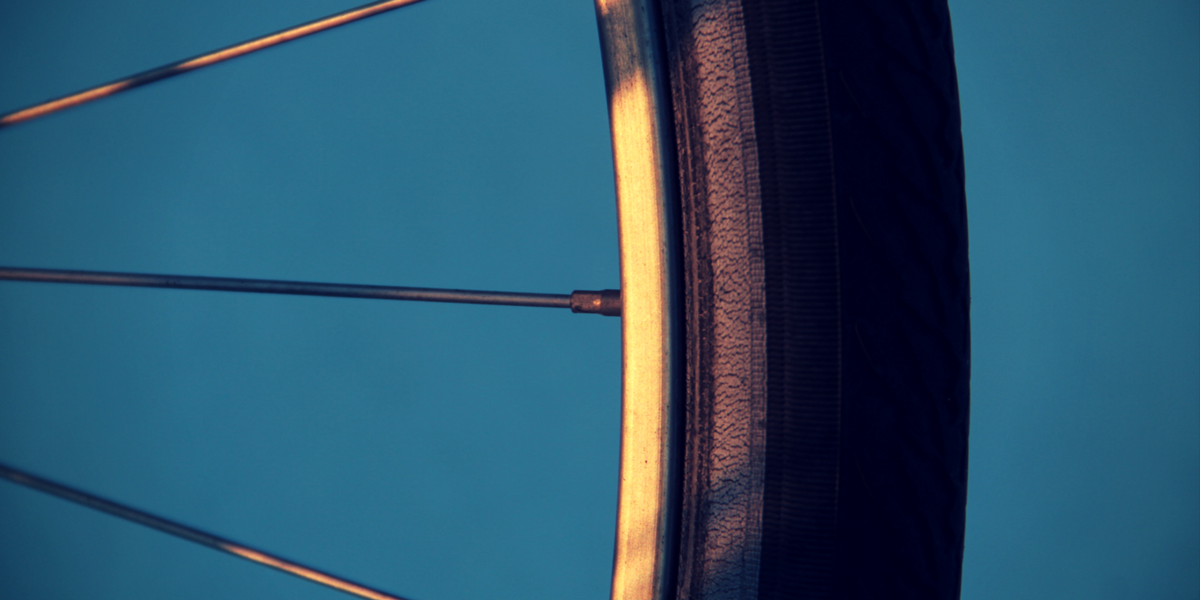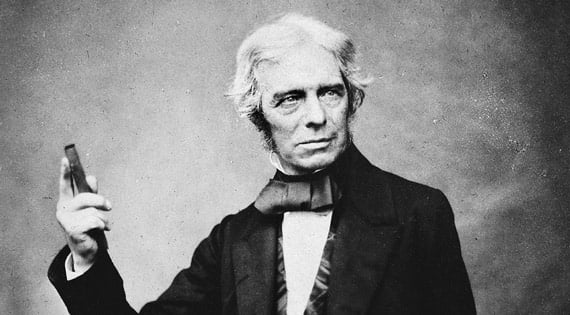10 Ideas For Physics Demonstrations To Use In Your Classroom

If done appropriately, in-class physics demonstrations can be a great way to engage students and exhibit key concepts. Dr. Adam Beehler, Lecture Demonstration Specialist at the University of Utah shares a few of his favorites in the list below. Many of these examples are simple to implement in any classroom, though if resources are a concern, utilizing a video of the demonstration may be an effective alternative.
- Rotational Inertia Race (North Carolina School of Science and Mathematics)
In this example, two concurrent demonstrations are utilized to illustrate that rotational inertia depends on the mass of an object and the ways in which it is distributed from the axis of rotation. An important aspect of this demonstration is making clear that angular acceleration is directly related to the ratio of torque to rotational inertia. While the first experiment does require the use of a motor to get an aluminum disk in motion, the second only requires setting up a ramp for two disks (one wood, one aluminum) to roll down.
- Bicycle Wheel Gyroscope (Veritasium)
By manually spinning a bicycle wheel that is hanging from a rope from one of its axles, this short demonstration, which could easily be shown as an in-class video, illustrates the interaction of the torque of the spinning wheel with that of gravity.
- Ice Skater Spin (Steve Spangler Science)
This experiment adapts the idea of a spinning ice skater to illustrate angular momentum by having a participant in the experiment stand on a flat rotating disk. Whether using the disk or a spinning chair, having students participate in this demonstrate may also be useful, keeping safety in mind. When students hold weights or books at the end of their arms they increase their rotational inertia, meaning they have a larger change in angular velocity when their arms are brought in as compared to when their hands are pulled in without any weights.
- Falling Monkey (Harvard Natural Sciences Lecture Demonstrations)
Some demonstrations are better shown as videos, such as the Monkey and a Gun experiment. This version of the demonstration suspends a stuffed monkey from a rod with an electromagnet on one side of a lecture hall with a golf ball gun aimed at the monkey from the other side. When the gun is fired, it cuts power to the electromagnet, causing the monkey to fall. The earth’s gravitational field accelerates all objects at the same rate, be they monkeys or golf balls.
- Magdeburg Hemispheres (Physics Demonstrations by Julien C. Sprott, Ch. 2)
Using a vacuum, the air from two hemispheres placed together is pumped out and participants attempt to pull them apart. While we don’t endorse any particular vendor, you can find an inexpensive version of this demonstration at Harbor Freight, which doesn’t require the use of a vacuum pump. If you choose this route, it works a little differently in that the quick release handles change the curvature of the suction cups, thereby increasing the volume (and decreasing the pressure) inside creating a partial vacuum.
- Bending a Laser (Fizik.si)
In order to demonstrate total internal reflection, a small laser is pointed through a hole in a 1L plastic bottle filled with water. The total reflection is evident if the light enters an optically less dense material and the incidence angle is big enough. The incidence angle at which the ray refracts exactly along the boundary line is called the boundary angle of the total reflection.
- Jumping Ring (MIT Physics Lecture)
Two metal rings, one solid and one with a small hole cut in it, are placed on an iron core wrapped in wire. AC and DC power are run through the wire with each ring. The experiment is rerun after submerging the solid metal ring in liquid nitrogen, which lowers the resistance of the ring, causing a greater effect.
- Pith Balls (Saint Mary’s University, Physics)
Two pith balls are suspended from a string. After being rubbed with silk, a glass rod is used to touch the pith balls, which repel each other. An ebonite rod rubbed with fur attracts the pith balls, which demonstrates electrostatic attraction and repulsion.
- Egg in a Bottle (Fizik.si)
A small piece of paper is partially burned in a narrow-mouthed glass flask and a peeled, hard-boiled egg is placed in the mouth of the flask. The differential atmospheric pressure inside and outside of the flask cause the egg to be drawn into the flask.
- Metal Ball and Ring (NormandinEdu)
A metal ball attached to a metal rod, which fits through a metal ring, is heated, which causes the metal to expand and no longer fit through the ring due to thermal expansion.
In previous blogs, we discussed the pros and cons of in-class physics demonstrations, as well as some guidelines for using them in class successfully. Some key takeaways from these discussions include that in-class demonstrations are most effective when experiments exhibit simplicity, are counterintuitive, and are integrated into an active-learning context.
Keeping students engaged is vital across all aspects of a course, from in-class activities to homework. Expert TA has determined optimal grade settings for student success in online homework. Read more about these results from a massive case study involving more than 120 classes.



